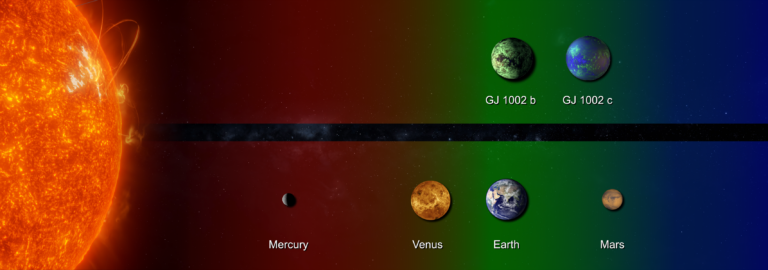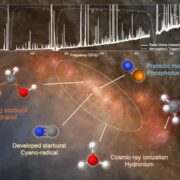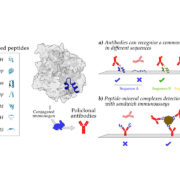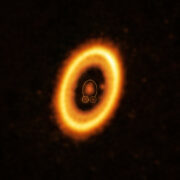An international team of astrophysicists with the participation of three researchers from Centro de Astrobiología (CAB), CSIC-INTA, announces the discovery of two possibly rocky planets in the habitable zone of the star GJ 1002, a red dwarf located barely 16 light-years away from the solar system.

Rocky planets like the Earth are the norm, rather than the exception, in the Galaxy. “Nature is determined to show us that terrestrial planets are very common,” explains Alejandro Suárez Mascareño, researcher at the Instituto de Astrofísica de Canarias, and lead author of the study accepted for publication in “Astronomy & Astrophysics” in which two planets with masses very similar to that of our planet Earth and in the habitable zone of their parent star are presented. GJ 1002 b and c, names by which the two planets are known, may have the right temperate that allows water to be in liquid state on the planetary surface.
The new planetary system GJ 1002 is added to the growing list of the family of telluric planets close to us, which to date sums up to a total of seven, including the two reported today. GJ 1002 b and c have orbits of 10.3 and 21.2 days, “very short because their main star has only 12% of the mass of our Sun,” says María Rosa Zapatero Osorio, from the Centro de Astrobiología (CAB), CSIC-INTA, and co-author of the work. The discovery has required several years of continuous observations and has been possible with more than a hundred precise measurements of the wobbling movement of this small star made with the CARMENES and ESPRESSO instruments located on the Calar Alto Observatories (Almería, Spain) and Cerro Paranal (Chile, European Southern Observatory). The efforts of two international consortiums with the same name as the instruments, and in which Spain participates very actively, have been necessary to characterize the two new “terrestrial” planets. “Both could be habitable” says Jorge Lillo-Box, from CAB, and co-author of the work.
Astronomical instrumentation now under design and construction for the next generation of large telescopes, such as the European Extremely Large Telescope (ELT) located on Cerro Chajnantor in Chile, will be key to investigating the chemical composition of atmospheres of rocky planets like GJ 1002 b and c, and conclude if they can host life like the one we know on our Earth but located light years away.













